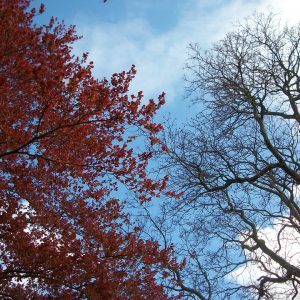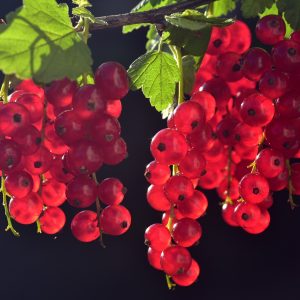There are Eucalypt varieties which will suite most temperate or tropical climates, and ones which will adapt to most types of soil conditions.
In California, Eucalypts have been growing so widely for so long that they are thought by some locals to be an American native. In Italy farmers use Eucalypts as windbreaks around their paddocks.
The English sometimes use attractive blue foliage Eucalypts as bedding plants amongst annual flowers and as indoor plants. Eucalypts have been used for land reclamation in desert areas and the Israelis have found certain varieties of River Red Gum to be an ideal plant to grow in salt contaminated soils.
E-Learning Structure
The duration of this online course is 100 hours. This consists of 8 in-depth lessons:
- Introduction.Review of the system of plant identification, general characteristics of the group, information contacts (ie: nurseries, seed, clubs etc.)
- Culture.Planting, staking, mulching, watering, pest & disease, feeding, pruning, protection from wind, salt air, etc.
- Propagation.Methods of propagating this group of plants.
- The most commonly grown varieties.
- Other important groups.
- Lesser grown varieties.
- Making the best use of Eucalypts
- Special Assignment.On one selected plant or group.
Course Aims
- Describe the classification of Eucalypts.
- Discuss general cultural requirements for growing Eucalypts.
- Propagate Eucalypts.
- Differentiate between identifiable characteristics and cultural requirements in a number of commonly cultivated Eucalypts.
- Discuss characteristics of a wider range of Eucalypt species.
- Describe commercial uses for a range of different Eucalyptus species.
- Plan the establishment of a collection of different cultivars of Eucalypts (eg. Gums, Mallees, Tall Trees, Short Trees, Dryland Species), suited to growing in a specified locality.
How Does A Warnborough Online Course Work?
You can start the course whenever is convenient for you. You will be studying from home and have access to support from our qualified tutors. Practical exercises and research tasks will be set at the end of each lesson – including an assignment. You will submit this assignment to your course tutor, who will mark your work and give you constructive feedback and suggestions.
If you have any questions please contact us.





